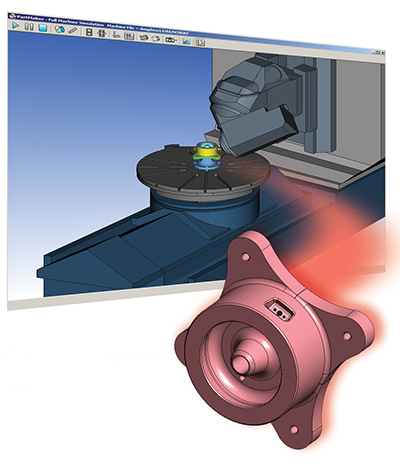PartMaker 2015
PartMaker 2015
Delcam has released the latest version of its PartMaker software for programming CNC mills, lathes, wWire EDMs, turn/mill centers and Swiss-type lathes, PartMaker Version 2015.

Delcam has released the latest version of its PartMaker software for programming CNC mills, lathes, wWire EDMs, turn/mill centers and Swiss-type lathes, PartMaker Version 2015. Major highlights of PartMaker Version 2015 include improved support for today's latest breed of multi-tasking machine tools, such as vertical mill/turns, more powerful milling and turning functionality, and a unique approach to post processing for multi-axis turn/mill centers and Swiss-type lathes among other productivity enhancements.
"The innovations in PartMaker Version 2015 include a unique blend of productivity enhancements that both new and existing users of the software are going to love along with a host of utterly unique and innovative technology you just won't find anywhere else," says PartMaker Inc. President, Hanan Fishman. "PartMaker 2015 extends support of the product's patented approach to programming multi-tasking machine tools to support today's latest breed of multi-function machines, allowing our customers to stay on the leading edge of multi-tasking."
PartMaker 2015 includes specialist support for a new breed of machine tools that has been growing steadily in popularity in recent years called vertical mill/turns (VMT). These machine tools are unique because they provide the turning functionality typically found on a VTL (Vertical Turret Lathe) with that of a 5-axis VMC (Vertical Machining Center). PartMaker 2015 also offers support for turret-based Swiss lathes with programmable B-axis live tooling attachments as well as more intuitive handing of angled live tooling attachments.
Also headlining PartMaker Version 2015 is a unique approach to post processing for multi-tasking machine tools. This new approach includes a variety of improvements to the software's post processing technology and new software functionality to help guide users on how to best take advantage of their specific multi-tasking machine tool's unique capabilities.





